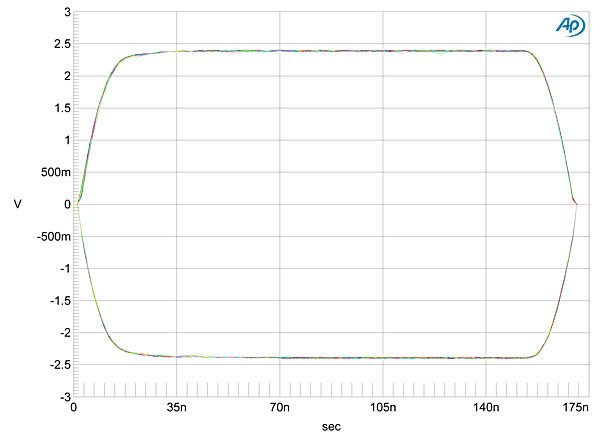I don't have any data at hand and am far too lazy to look it up but for years I have "known" coax had lower jitter than TOSLINK, partly due to the designs of the transceivers. At a circuit level there are good reasons for optical TOSLINK to be higher noise. Audible, who knows?
For bad connectors, RCA gets my vote, though HDMI is pretty sucky as well. Of course, that's from a guy who has had to pay hundreds of dollars or more for a single RF connector, no cable attached...
Agreed, especially about the connectors. RCA has been banished from my system long ago in favor of the smoothly elegant functionality of XLR. Love the little click on a positive connection.
Ethernet connection is not bad, especially when the active port lights up on plugin.
USB could be a little better. Wish I didn't try to plug the rectangular end in upside down so often, though.
HDMI is terrible, except I found some cables with proprietary locking HDMI connectors years ago. I love those, and they solved all my problems.
But, Toslink? If I had a 10-20 year old DAC with only a choice between Toslink and Spdif, I would still probably go spdif without a second thought. BNC connectors on coax are not bad and far superior to RCAs. Not sonically, but in terms of pleasure in their ease of use.
As for the future, I do not see Toslink or even spdif coax as being a part of it. They are part of ancient history and too limiting.


